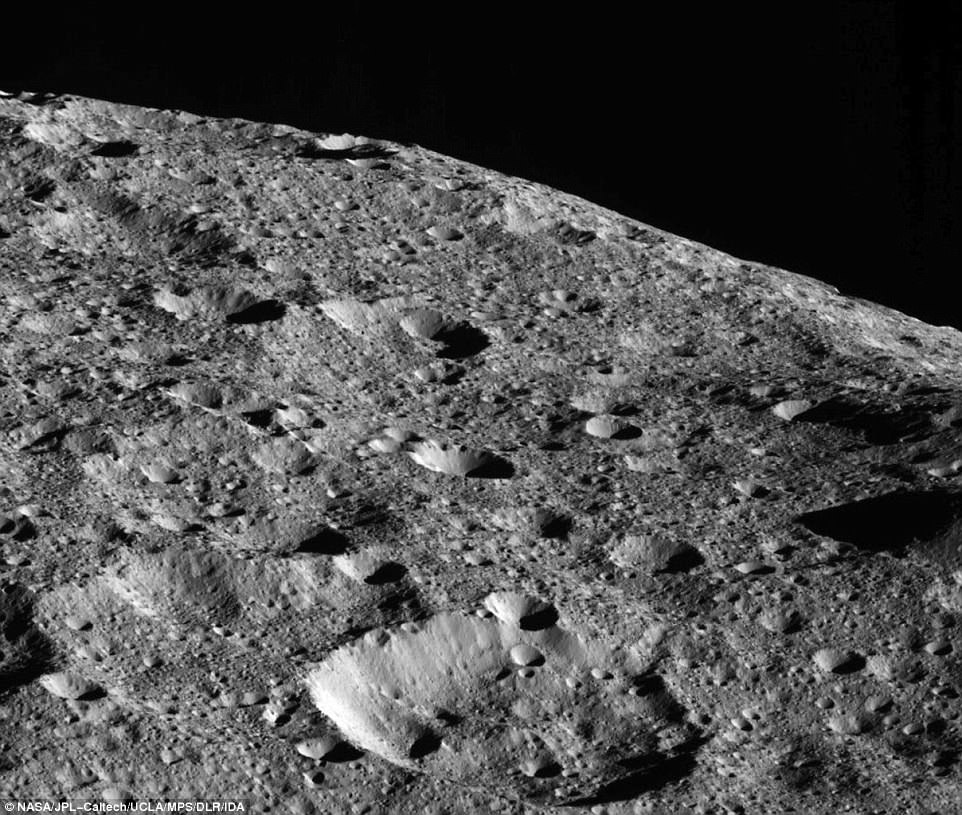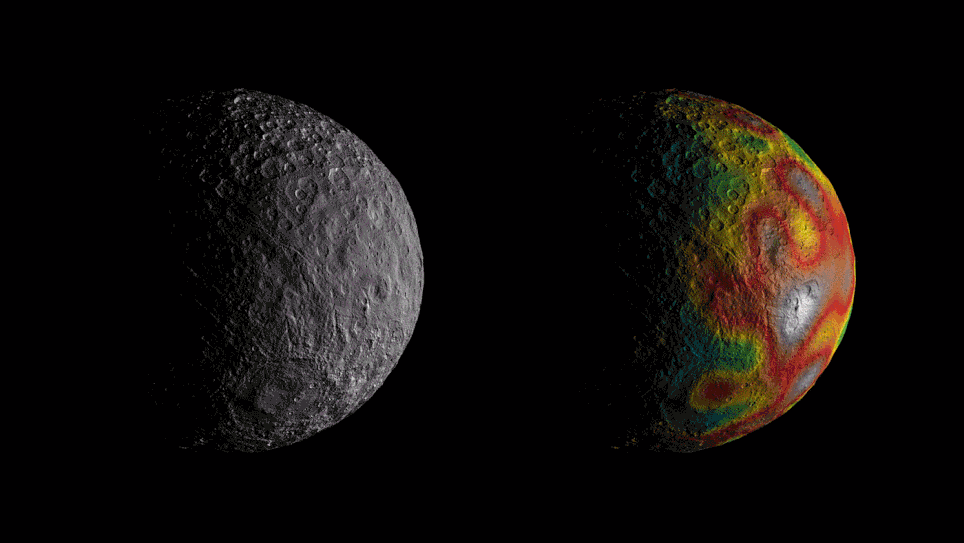
NASA’ Dawn spacecraft to study dwarf planet Ceres up-closely in its new orbit
Engineers operating the NASA’s Dawn spacecraft have initiated maneuvers that will bring the satellite to the lowest and final orbit over the planet Ceres. The final destination orbit is expected to be at an altitude of 30 miles above the planet’s surface which is ten times closer than the previous orbit that Dawn has been following for months. The new orbit will facilitate the satellite to study the chemical changes in the uppermost layer of the planet, collect gamma rays and other data sets as well as capture high-resolution images of the surface.
NASA launched the Dawn spacecraft back in 2007 to study Vesta and Ceres, the largest dwarf planets around the asteroid belt beyond Mars. In 2015, Dawn entered Ceres’ orbit and started collecting data as well as producing HD images of the surface with incredible details about the landscape of the planet. Once the maneuver is performed, Dawn will study the planet from its closest-ever orbit wherein it will gather neutron spectra and gamma-ray radiation from the planet. It will study Occator Crater which has garnered scientist’s interest due to its highly reflective salt deposits which are homologous to those seen on Earth.
Moving further, the spacecraft will have to orbit over the crater for 20 times in order to collect information about the faint nuclear radiation signatures from the region, it will use its Gamma Ray and Neutron Detector (GRaND) instrument for this purpose. Dawn spacecraft will start its new orbit on June 7 which has been summoned as XMO7 or extended mission orbit seven. Since the reaction wheels which controls the orientation of the spacecraft stopped working, Dawn will follow an elliptical orbit over the dwarf planet.

Engineers at NASA had to devise a suitable orbit for which, they mapped out more than 45,000 possible paths for the spacecraft and shortlisted one of them wherein the satellite will now orbit the planet once every 27 hours and 13 minutes. The time taken by the spacecraft to complete a single elliptical orbit around the planet is equivalent to the time taken by the planet to rotate around its own axis three times. This is known as three-to-one resonant orbit.
Previously, scientists at the Institute of Astrophysics and Space Planetology in Rome discovered salts of carbonic acid and sodium carbonates all across the surface of the planet using probe’s visible-infrared mapping spectrometer instrument. Further, they also found that some of the carbonate patches on the planet are as long as one-kilometer where sodium carbonate is present in the hydrated form. Additionally, the team led by Dr. Filippo Carrozzo studied the various features of the planet where they found out that since carbonate present on the surface hasn’t yet dehydrated, it means that the planet is still evolving and spewing water from its surface.
The team studied Juggling impact crater on the planet which is located in the shadowy and dark southern hemisphere of the planet where water in the form of ice was found. The team published their findings in the journal Science Advances.


